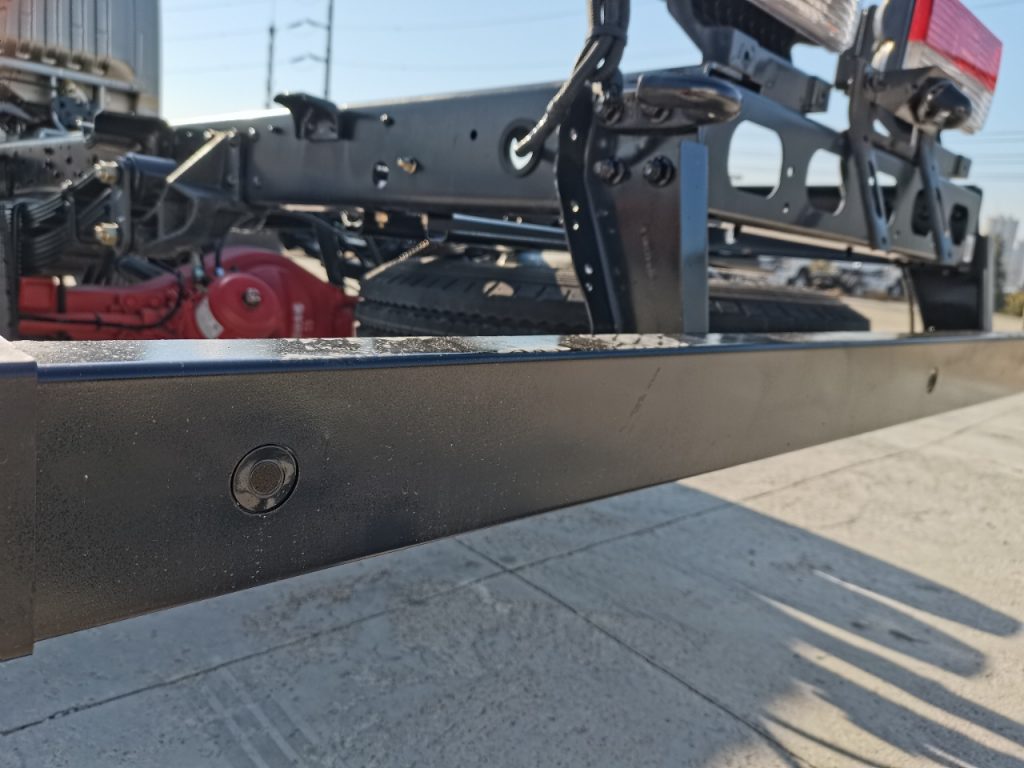Introduction:
Fuel trucks play a crucial role in the transportation and delivery of fuel to various locations, including gas stations, airports, and industrial facilities. One of the key components of a fuel truck is its transmission system, which is responsible for transferring power from the engine to the wheels. The choice of transmission system can significantly impact the performance, efficiency, and reliability of a fuel truck. In this article, we will explore the different transmission options available for fuel trucks, including manual, automatic, and automated manual transmissions, and discuss their advantages and disadvantages in various operating conditions.
Manual Transmission:
Manual transmissions have been a staple in the trucking industry for many years, offering drivers a high level of control over gear selection and engine speed. In a manual transmission system, the driver is responsible for shifting gears using a clutch pedal and gear shift lever. Manual transmissions are known for their durability and ability to handle heavy loads, making them a popular choice for fuel trucks operating in rugged or off-road conditions.
One of the key advantages of a manual transmission is its simplicity and ease of maintenance. Manual transmissions have fewer complex components compared to automatic or automated manual transmissions, which can result in lower maintenance costs and easier repairs. Additionally, manual transmissions are often more fuel-efficient than automatic transmissions, as they allow the driver to optimize gear selection based on driving conditions and load weight.

However, manual transmissions also have some drawbacks, particularly in terms of driver comfort and convenience. Shifting gears manually can be physically demanding, especially in heavy traffic or during long-haul trips. Additionally, inexperienced drivers may struggle with proper gear selection, leading to increased wear and tear on the transmission system. Overall, manual transmissions are a solid choice for fuel trucks that require heavy-duty performance and off-road capability, but may not be the best option for drivers seeking a more comfortable and user-friendly driving experience.
Automatic Transmission:
Automatic transmissions offer a more user-friendly and convenient driving experience compared to manual transmissions, as they do not require the driver to manually shift gears. Instead, an automatic transmission system uses a torque converter to automatically change gears based on engine speed and load conditions. Automatic transmissions are well-suited for fuel trucks operating in urban or highway environments, where frequent stops and starts are common.
One of the key advantages of an automatic transmission is its ease of use and smooth operation. Automatic transmissions eliminate the need for manual gear shifting, allowing drivers to focus on the road and traffic conditions without the added complexity of shifting gears. This can result in reduced driver fatigue and improved safety, especially in congested urban areas or during long-distance hauls.
Automatic transmissions also offer improved fuel efficiency compared to manual transmissions in certain driving conditions. The advanced electronic control systems in automatic transmissions can optimize gear selection and engine speed more efficiently than a human driver, resulting in better fuel economy. Additionally, automatic transmissions are less prone to driver error, leading to reduced wear and tear on the transmission system over time.
However, automatic transmissions also have some drawbacks, particularly in terms of cost and maintenance. Automatic transmissions are generally more expensive to purchase and repair than manual transmissions, due to their complex electronic components and torque converter system. Additionally, automatic transmissions may not be as durable or reliable as manual transmissions in heavy-duty or off-road applications, as they are more susceptible to overheating and fluid contamination.
Automated Manual Transmission (AMT):
Automated manual transmissions (AMTs) combine the best of both manual and automatic transmission systems, offering drivers the convenience of automatic gear shifting with the control and efficiency of manual transmissions. In an AMT system, the transmission is controlled electronically, allowing for automatic gear changes without the need for a clutch pedal or manual gear shift lever. AMTs are becoming increasingly popular in the trucking industry, including fuel trucks, due to their versatility and efficiency.
One of the key advantages of an AMT is its adaptability to various driving conditions and load weights. AMTs can automatically adjust gear selection based on engine speed, load conditions, and driving terrain, providing optimal performance and fuel efficiency. Advanced refrigerator truck technology can be particularly beneficial for fuel trucks that operate in diverse environments, such as urban streets, highways, and off-road sites.
AMTs also offer improved driver comfort and convenience compared to manual transmissions, as they eliminate the need for manual gear shifting. This can result in reduced driver fatigue, especially during long-haul trips or in heavy traffic situations. Additionally, AMTs are generally more fuel-efficient than automatic transmissions, as they retain the ability to optimize gear selection based on driver input and driving conditions.
However, AMTs also have some drawbacks, particularly in terms of initial cost and maintenance. AMTs are typically more expensive to purchase and repair than manual transmissions, due to their sophisticated electronic control systems and automated gear shifting mechanisms. Additionally, AMTs may not be as durable or reliable as manual transmissions in extreme off-road or heavy-duty applications, as they are more complex and prone to electronic malfunctions.
Conclusion:
In conclusion, fuel trucks have a range of transmission options to choose from, including manual, automatic, and automated manual transmissions. Each transmission type offers unique advantages and disadvantages in terms of performance, efficiency, and driver comfort. Manual transmissions are known for their durability and off-road capability, while automatic transmissions provide a user-friendly driving experience and improved fuel efficiency. Automated manual transmissions combine the best of both worlds, offering automatic gear shifting with manual control and efficiency.
When selecting a transmission system for a fuel truck, it is important to consider the specific operating conditions and requirements of the vehicle. Drivers should weigh the benefits of each transmission type against factors such as cost, maintenance, and driver preference. Ultimately, the choice of transmission system can have a significant impact on the overall performance and reliability of a fuel truck, making it a key decision for fleet managers and truck operators.
